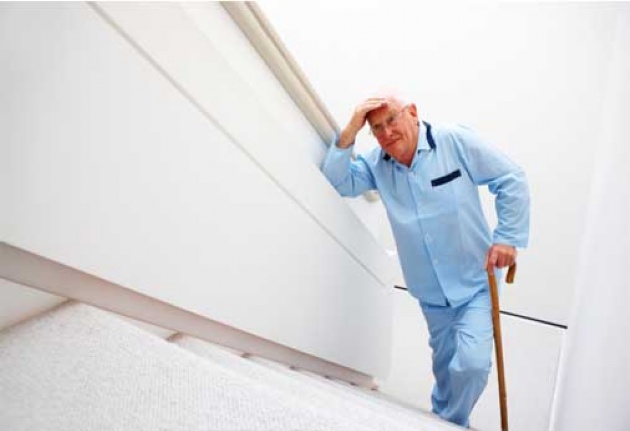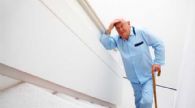More Canadians are choosing to “age in place.” That is, they opt to stay in their homes rather than move to alternative retirement settings.
But that often means they must modify their homes so it’s not a danger to their safety and health when their physical abilities change.
According to the Public Health Agency of Canada, 1.4
million Canadian seniors fall each year adding that more than half of all falls
occur at home. Falling can be attributed to poor lighting, slipping and
tripping hazards, or a lack of home modifications such as bathroom grab bars,
handicapped showers, stair railings and ramp modifications.
Home modifications help seniors maintain quality of life because they prevent injuries and loss of independence from early admission to an assisted living or long-term care facility.
Following are examples of commonly-recommended modifications;
- Install grab bars for toilets and tubs and install a walk-in tub and/or tub seat
- Remove unnecessary throw rugs and fasten down rugs or floor runners to prevent slipping
- Move furniture to create clear walking paths
- Keep objects off the floor and coil or secure cords to the wall to prevent tripping
- Replace knobs with lever door handles
- Apply non-slip tape on uncarpeted indoor and outdoor steps
- Replace standard light switches with rocker-style switches
- Increase the width of doorways and hallways to accommodate wheelchairs
- Where possible, lower sinks and countertops
- Move often-used items to lower cabinets to avoid the need for step stools
- Repair or replace loose handrails and install adequate lighting in stairways
- Install an elevator or chair lift
- Replace old stoves with induction cook tops to help prevent burns
When modifying a home for a senior don’t forget the importance of good lighting. Seniors need two to three times as much light to see as well as younger people.
Good lighting—in the form of natural light—provides seniors advantages besides safety;
- Sunlight produces a good dose of Vitamin D, which helps the body absorb more calcium to strengthen teeth and bones. Choose window treatments that allow in sunlight, without glare, to enhance the health of seniors, many of whom get outside less than they used to.
- Daylight also uplifts psychological health. It lessens the energy-zapping effects of Seasonal Affective Disorder (SAD) and other forms of depression.

 In The Latest Issue:
In The Latest Issue:


 BY:
BY: 



Tweet
Share